We are in Chateaux country, The Loire valley, and certain aspects of France are no different from the UK.
Whenever you get to a tourist area, you get shops selling crap. Granted, the crap changes depending on where you are.
Here, in the Loire valley, it is sophisticated ceramics made by French artisans (or more likely Chinese artisans) of small hilltop chateaux, or merlinesque figurines, but it is still crap!
The UK still surpasses itself when you want the most hideous and useless stuff to adorn the home, or placate the kids. Tintagel was drowning in plastic swords, horoscopes and crystal shops. Newquay was a bit different; it must have been the surfers. Cool little ceramics of VW campervans, in every colour of the rainbow, to hang on the walls, or to collect the kid’s coins as piggybanks. Cool crap for hippy parents.
It did however get us thinking. We were thinking that Dora is just not cool. No slick curves or cool colours. Hers is an image of harsh straight edges, boxlike and in beige. She has the aerodynamics of a brick, and she drives like that. When full of water she lurches round the corner.
We have a relationship with Dora. Although we love her, it is not all plain sailing. Occasionally it is troubled. Some of those trials and tribulations we would like to share here;
The water
We have spoken about this is in a previous post, running out of water at a really inconvenient and difficult moment. We thought that the capacity of out tank was about 80 to 100l. The tank supplies the shower, the toilet sink, the kitchen sink and flushes the toilet. We could just about get two days out of the tank if we were careful. This really shocked us, how could we be using so much water and so quickly. We changed our showering techniques to reduce consumption. This helped.
Another way we sought to resolve the situation was to purchase a couple of water carriers, 25l each. If we wanted to go ‘off grid’ for a few days, we could fill these up. They usually sit empty, tied to the roof of Dora. Recently we thought we would test out the theory and duly filled one of the water carriers. In the process of topping up Dora’s tank we learned that her tank is half the size we thought it was, probably 50l, no wonder we run out of water so quickly.
The LED on the dashboard
There is an LED on the dashboard. It does not look like it is part of the original vehicle, it has been added later. There is a small red button beneath it. Normally this glows green. A couple of weeks ago it started flashing, red then green. It started intermittently, sometimes only green flashing, then red green.
We spoke to several people. Any idea what this is, should we be worried? “No, it is probably just something to do with the security system, if you are worried, why not disconnect it?”. We were still slightly uneasy, it must do something. A few days ago I found a small card stuffed behind the sun visor. It had Pirelli on it and it described green and red flashing lights. Suddenly things became clear.
When we bought Dora, one of her many selling points, which we were dubious about, was that she was able to drive into the London Low Emission Zone. She has had a catalyst attached to her exhaust system that removes all the nasty particles from the diesel. But we were not going into any Low Emission Zones. “Yes but this is really expensive kit, it is worth having”, we were told. It has now become clear that a particular oil that filters the crap out of the diesel has nearly run out and needs replenishing. Funnily enough, The Loire Valley, does not have many Low Emission Zones; although there are about 200 planned for Europe, none of these are in France! It had been quite difficult to source Pirelli CAM FBC oil here. I think we may have to get it couriered from the UK.
The gas
One of the things we upgraded on Dora was the gas tank. We were going to travel to many different European countries and rather than swapping the gas bottles, we thought it would be better and more cost effective to refill our own. A ‘Gaslow system’ was duly ordered. But a newer system was available with stronger bottles that complied with French regulations. These were more expensive. “Was this really necessary?”, I asked. “Not really, but they have better gauges” I was told.” So the old ones do not come with gauges?”, I asked. “Yes, but the newer ones are better”. We ordered the old ones.
The gauge is a small plastic affair that clips around the gas tube. How it works, I have no idea, but believe magnets, magic and faith are involved somewhere. Tapping here and the results are really dramatic, full to empty instantly, just like that. We panicked today. Dora had run out of gas, the gauge was in the red. Eventually, we found a garage with LPG. On filling we found that she was more than half full.
The Shoes
Twice now, Dora has got rid of one of her hub caps, sent spinning down the road. Quickly pulling over, Susana jumps out to retrieve the offending article; thankful that is has not yet killed someone. The hubcaps, used to be secured, but since her new tires, were not. A few plastic ties later and they are once again going nowhere.
Electricity
Dora has several gauges above the door, but to be honest we have never been particularly trustful of the information that is forthcoming from them. They are analogue; tap them and they change dramatically and to be brutally frank, we are not really that sure what some of them are measuring! We think one of the gauges measures the electricity in the two batteries. A rocker switch alters the display from the engine battery to the living area battery. However, this rarely changes. It never goes above 3/4 and never below 1/4.
To be fair to Dora, electricity has never been a problem, although a couple of nights ago we ran out it for the first time and we had to go to bed earlier than normal. This is probably because we have not been driving a lot, it has not been so sunny lately and the days are getting shorter.
Generally she recharges the two batteries when we are driving; one for the engine and one for the living area which runs the water pump, the lights and the sockets for our laptops. The living battery also gets recharged via the photovoltaic panel on the roof. Occasionally we can top this up on the mains, which we did quite frequently in the UK, when on campsites. In the French Aires you pay for electricity most of the time. Yesterday it was free and Dora got a little morning electrical boost.
In summary, she has been a good girl so far. She is quite warm –Susana loves her–; she doesn’t leak, and the fridge works very efficiently and has frozen a couple of bottles of wine we accidentally left in the freezer compartment.
Mechanically – touch wood – we have had no problems at all. Saying that, a couple of days ago we discovered a strange noise. Was it the engine? We feared. A sleeve on the exhaust had worked its way loose and was rattling, an easy fix, although now a bit dented around the end but all back to normal.
GDR

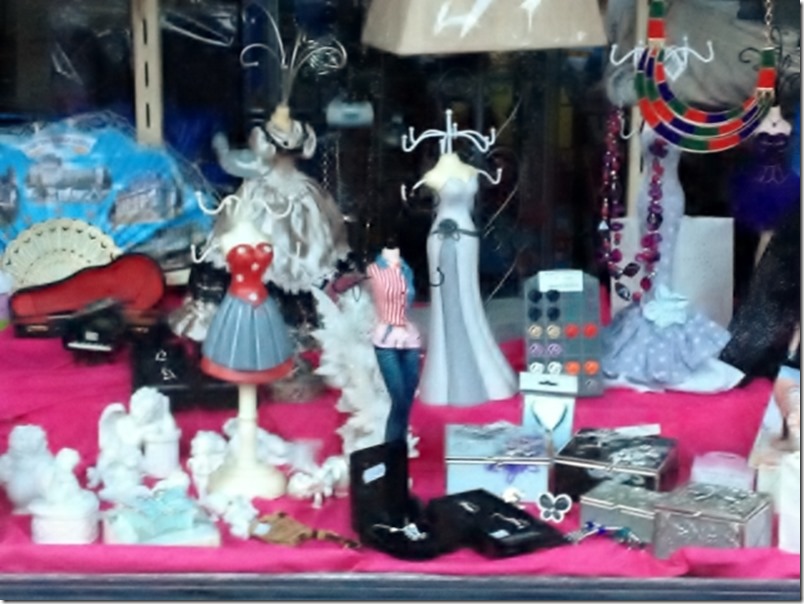
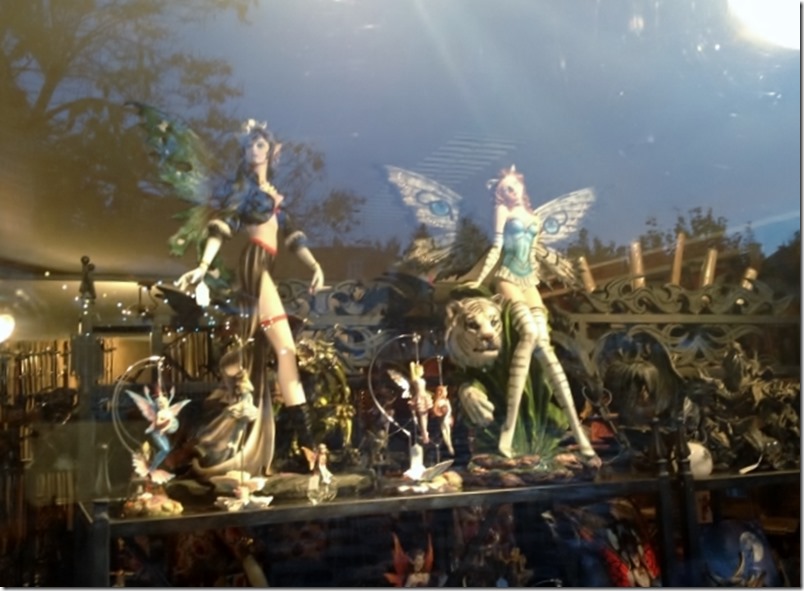
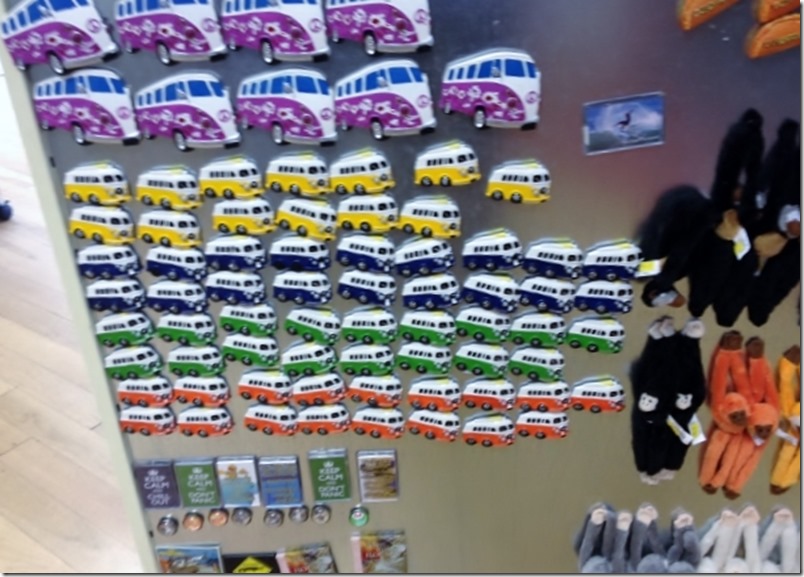
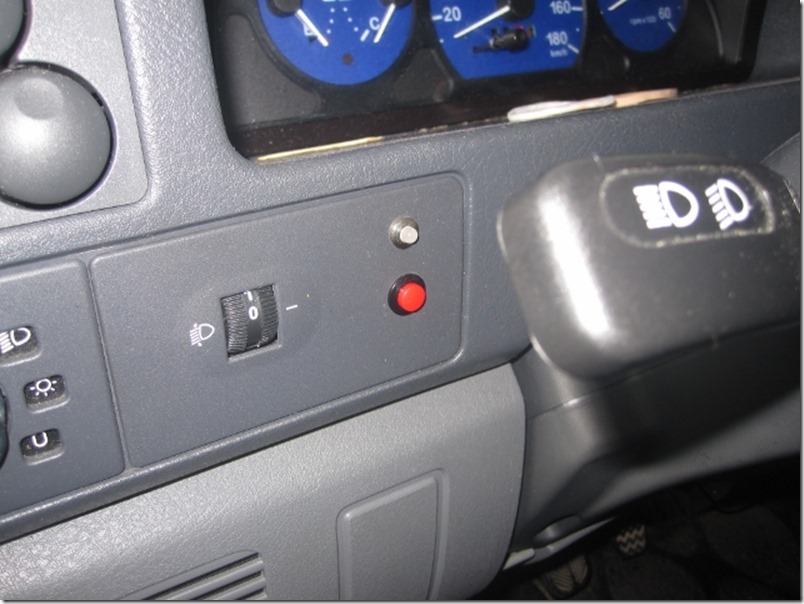
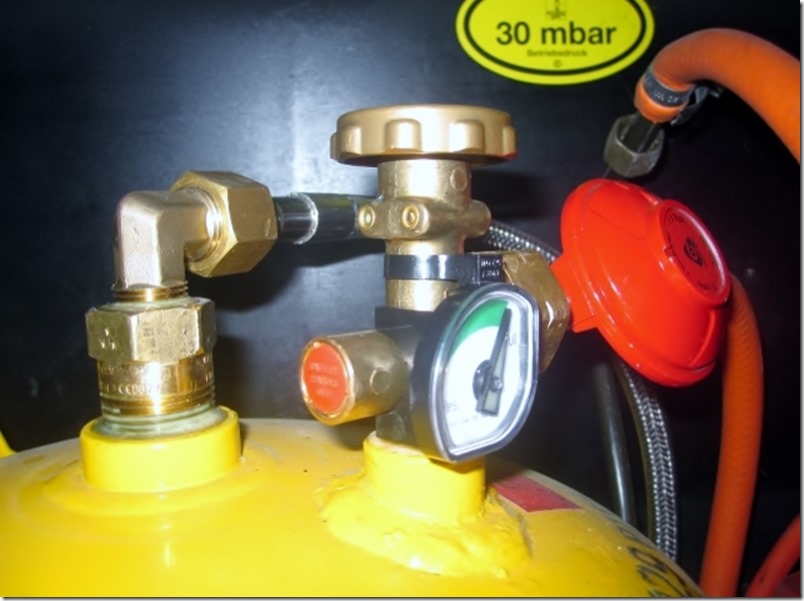
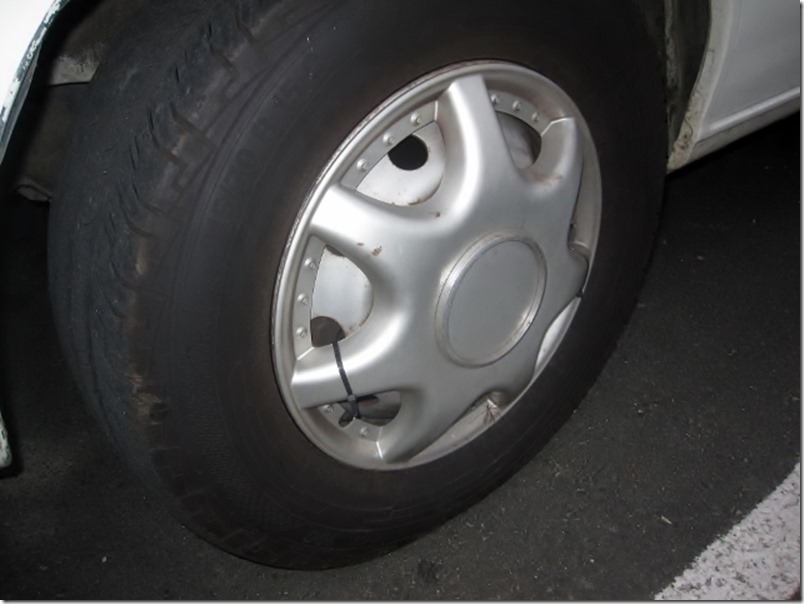
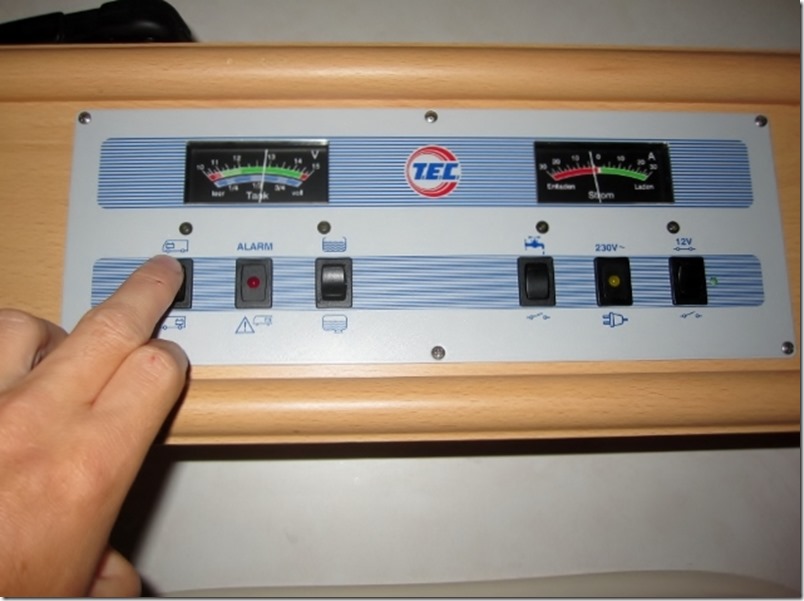
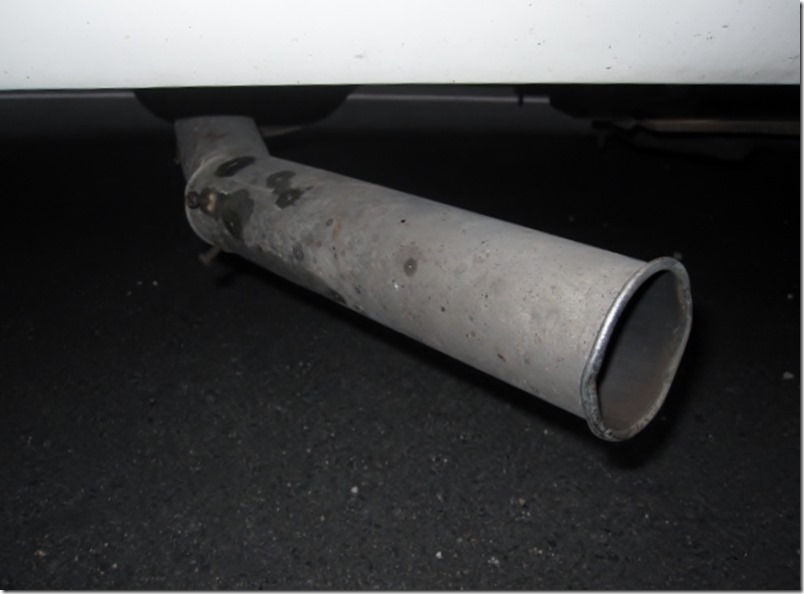






I´m afraid that oil is only commericalized in UK and Italy. Maybe there was another analoge oil that was fine for Dora, but we would know the properties and features to compare.
You could buy it on UK and pick it up in somewhere in Spain couldn´t you?
It must have been hilarious seeing how dora was overtaken by its own hubcap 🙂
Thank you Brother. We have ordered it in the UK and have got it to send to Tia Vito. Thanks for searching for us.
Your english is getting bloody good!
Thanks for the research. It is really difficult to explain what the kit is doing, but I think you will be impressed by it. It is like a catalytic converter attached before teh exhaust. The oil is added to the diesel mix and then cleaned via filters. Somehow the additive must attract all the diesel pollutants, which are then presumably reburnt.
http://www.pirelli.com/en_IT/browser/attachments/pdf/FY2008.pdf
Gary
1º Si dispone a aire acondicionado y sale suciedad por las ventanillas del salpicadero:Hay que cambiar el filtro del polen. 2ºAl arrancar el motor se observa que sale mucho humo y partículas negras por el tubo de escape:Es porque los inyectores del motor están sucios, tenéis que comprar en una estación de servicio ADDITIVO PARA LIMPIAR LOS INYECTORES, cada vez que llenéis el deposito echar un bote, ( en dos ocasiones)3º También puede ocurrir que el motor esté bajo de compresión y por esté motivo gaste aceite y aparte de humo las partícula, por el escape..
(Observarlo) Saludos.
Gracias pero no es exactamente lo que necesitamos. Ya os lo explicaremos cuando os veamos.
Muchas gracias
Your blog today really made us laugh – Dora really seems to be behaving quite well. Do you love her too, Gary? How lucky you have been with the weather so far – not much rain. It has been tipping it down here since lunchtime and we had an awful job getting Maisy out for her wee. I had to drag her out on her lead! Not much fun standing down the garden in the pouring rain at 11. O’clock! Love you both xx
The last few days we have had rain, but usually it rains overnight and clears during the day. Yesterday was a bit wet in the morning, but we were chateau visiting, so it didn’t really affect us, and cleared up mid afternoon. It seems that many of motorhomers have dogs, probably why they choose motorhoming. Love Gary and Susana
1ºTenéis que enteraros los Kmt. reales que tiene el motor.2º Todos los motores diésel tienden a gastar aceite , por lo tanto cada 200-300 kmt, debéis sacar la varilla y mirar el nivel del aceite, así llevar una de lata de cinco litros para poder rellenar, cuando sea necesario , tambien debéis mirar el nivel del agua. creo que lo haréis ” supongo”
Pienso que serán los indicadores a los que os podéis referir.
También debéis mira el( liquido de frenos )
Normal que os encontréis con todas esas averías en viajes tan largos. Pasarlo bien.
Muchas gracias. Es ese comentario de papa? Lo que nos corre mas prisa es ese liquido especial que sirve para limpiar las particulas del diesel y que ha descrito Gary en el blog.
Una cadena de complicaciones “pobre Dora como la machacáis “
no la tratamos mal. Por que dices eso?